When I first moved to Provincetown in the early 70s I only knew a few people. One of them dragged me to a nighttime party at a house on the West End of town- off the beaten track and surrounded by a lush garden. “The owner’s an artist,” I was told. (Oh please, they all were). I tried mingling with the boisterous crowd inside but I felt too uncomfortable so I slipped out to the backyard to have a smoke, which was empty and festively decorated with twinkling Christmas lights. Off to the side I saw, what I thought was, a Madonna in a sawed-in-half bathtub. But when I got closer I was shocked to realize it was a shrine with a life-size statue of Nanette Fabray. I admit I rather liked Fabray in musicals. She had that cracked, high-energy, good cheer in movies like The Band Wagon. But a shrine? One of the owners of the house sidled up beside me suddenly, sloshing a drink in one hand, and laughed, “We just fucking love Nanette Fabray.” I have to admit the oddness of a memorial to her in a backyard delighted me and only reinforced my belief that I’d made the right decision moving to this town filled with misfits, gays, fishermen, artists and assorted oddballs.
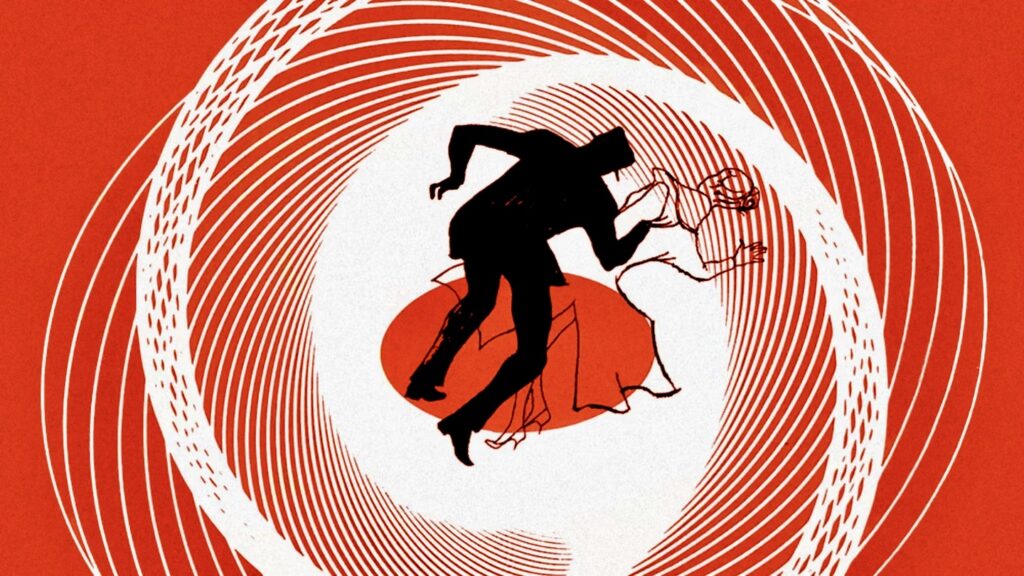
Writing about films, as I have for decades, I’ve come to understand film obsession. I’ve gone down the rabbit hole countless times over certain directors and stars and have been neurotically fixated on them. But I’ve never been that nuts over an actor that I created a grotto dedicated to them in my living room. But, through the years, I’ve made contact with others who have set up their own personal shrines to their favorite movie luminaries that were so peculiar I have never forgotten them. And they were consistently tributes to the weirdest, most unlikely, stars.
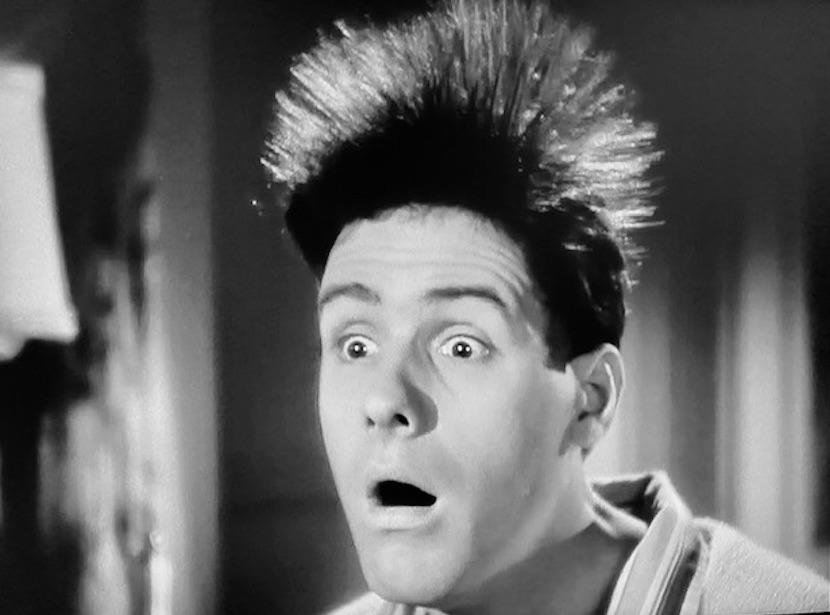
I was invited for the weekend to the country house of a couple I really didn’t know all that well. They put me in a guest room they proudly referred to as the “Ish Kabibble” room and I made my first calamitous faux pas of that hellish weekend by casually saying, “Who the hell is Ish Kabibble?” Well, I was soon to find out. He was a comedian and musician in the 1940s, mostly known in Kay Kyser’s orchestra as “the guy with the low-cut bangs and the high kicking cornet.” He appeared in about 10 movies with his deadpan, jokey persona and later appeared on TV on the quiz show Kay Kyser’s Kollege of Musical Knowledge. His name (vaguely) was derived from a Yiddish expression that translates as “I should worry?” which also could be called the motto of Mad Magazine’s mascot Alfred E. Newman. The one thing I did remember seeing him in was an “old dark house” comic mystery called You’ll Find Out, where Kay Kyser and his band play for an heiress at a spooky mansion. The reason: it also co-starred Boris Karloff, Peter Lorre and Bela Lugosi. Ish Kabibble even has a little dog in the film with his trademark bangs and in one scene gets so scared his hair stands on end. The guest room had posters with his goofy face plastered everywhere, albums of the Kay Kyser band, tons of movie memorabilia and his autobiography- Ish Kabibble: The Autobiography of Merwyn Bogue. I barely slept a wink that weekend and had violent nightmares about his stupid face for years to come.
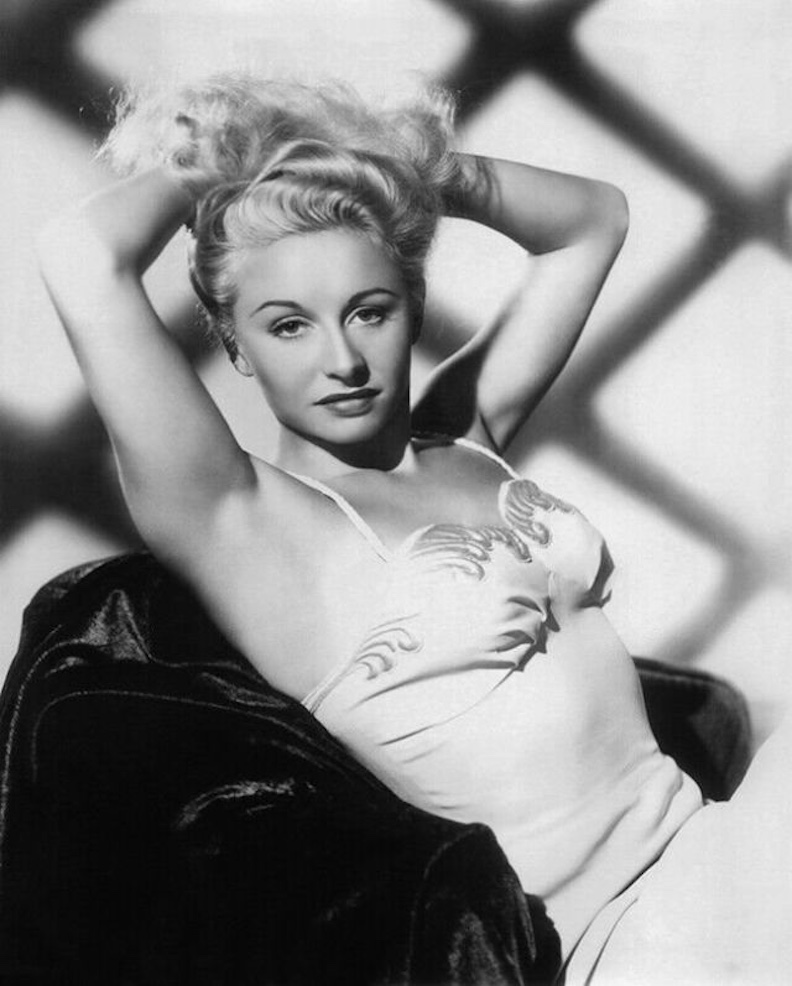
Sometimes an obsession can become tiresome quickly. Case in point: this elderly gay man I once met in Provincetown who was the ultimate authority on Vera Hruba Ralston. He would ramble on for hours about Ralston, a Czech figure skater who placed 17th at the 1936 Olympics, notoriously insulting German leader Adolf Hitler who asked her if she would like to skate for the swastika to which she curtly replied, “I would rather skate on the swastika.” Ralston came to America and toured with the Ice Capades when she caught the eye of Republic Studios head Herbert J. Yates, who signed her to a movie contract. After all, Norwegian skater Sonja Henie had a film career. Ralston made 26 movies for Republic– from westerns with John Wayne to adventure films with Fred MacMurray. Yates was sure he could transform Ralston into a screen goddess (he would eventually marry her, which certainly helped her career). She had a certain pleasing quality and elegance on screen, but her thick accent reminded one of Maria Montez at her worst. She spent years trying to get rid of it working with vocal coaches. Only two of her movies ever made money, though, and she eventually retired in 1958. One of her highlights was the well-reviewed The Lady and the Monster (1944), the first version of Curt Siodmak’s 1943 novel Donovan’s Brain, about a scientist (Erich von Stoheim) who keeps alive the brain of a tyrannical financial giant in a glass tank in his lab. Ralston looks good in the movie- and dresses well. But, like in most of her films, she’s catastrophically dull. You can understand how she “suffered the scorn of the film industry,” according to author James Robert Parish in his exhaustive, yet affectionate portrait of Ralston in the 1975 book The Glamour Girls. But this acquaintance I knew was a huge fan of hers and would talk my ear off any time I got stuck sitting next to him at a dinner party. He considered her a “camp icon” and would rant on and on about every movie she appeared in and how “fabulously awful” she was in them. At one dinner party I excused myself, went into the bathroom and awkwardly climbed out the window and ran all the way home. Fortunately, “Vera Hruba Ralston” rarely comes up in any sane conversation these days.

One of the weirdest tributes was created by an artist I knew devoted to one of the most annoying screen personalities of all time- Eddie Deezen. Deezen began as a stand-up comedian and loser on The Gong Show who went on to have a film career by appearing as the high school nerd Eugene Felsnic in the hit movie Grease. Wearing unflattering glasses, a bow tie and suit he was consistently bullied by the hoods at school. With an irritating high-pitched whine of a voice he was able to play variations of the same character in movies like I Wanna Hold Your Hand, 1941, Grease 2, Zapped! and others. His voice was used for many cartoons while he was in demand. In later years, he suffered mental problems which resulting in him getting arrested for assaulting a police officer; unlawfully entering a nursing facility; fourth-degree burglary; two counts of trespassing and disturbing the peace. Mercifully he sought help for his mental disorders and supposedly is doing well today. But this artist friend of mine was fanatically obsessed with Deezen. He did over 97 paintings of that goofy face. He molded 18 statues of him in clay. Countless photo collages. He even composed an entire opera which he titled “Deezen Don’ts” before his wife threatened to leave him unless he got professional help. I’ve heard that all his Deezen art is relegated to the attic now. His children are absolutely terrified of that top-floor and have never set foot up there, referring to it as “haunted.”
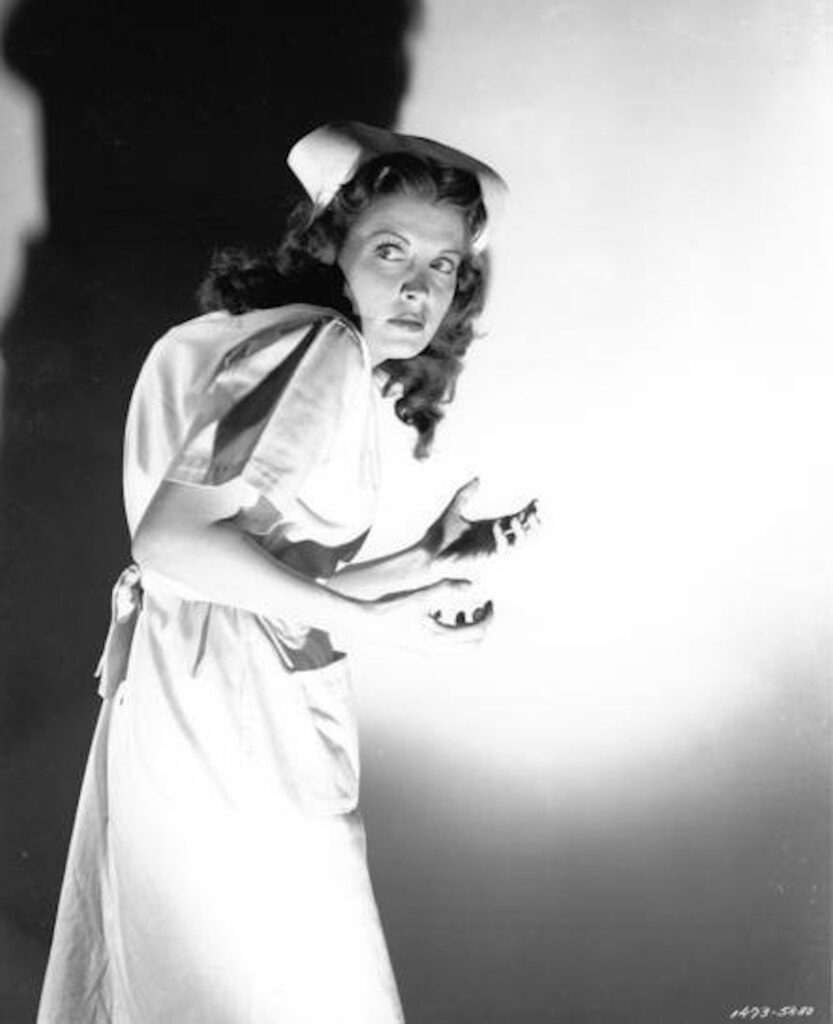
Usually obsessions like this are with actors that have a substantial body of work. But I knew this female artist who was enraptured by actress Jane Adams, who played the hunchback nurse in House of Dracula (1945). (Not to be confused with the brilliant, eccentric comedienne Jane Adams, who co-starred in such films as Happiness (1998), Eternal Sunshine of the Spotless Mind (2004) and others). No, this Jane Adams began in radio and on stage and was given a contract with Universal Studios in the 1940s. She did a handful of forgettable films before she got a part in the popular Universal monster franchise as the lovely Nina, a hunchback nurse working for Dr. Franz Edelmann (Onslow Stevens). In the film, Count Dracula (John Carradine) and the Wolfman (Lon Chaney Jr.) come to the doctor for a cure of their supernatural afflictions. But Jane Adams infuses her character with real sympathy and pathos, and when she comes to a bad end at the climax it’s really upsetting. Adams walked away from movies but returned years later to play guest bits on TV shows like Adventures of Superman and The Cisco Kid, among others. She did play the blind piano teacher who befriends the facially-deformed killer (Rondo Hatton) in The Brute Man (1946). But she added such poignancy to House of Dracula that writers about horror films have been singing her praises for decades. Unfortunately, my friend’s baffling obsession with this actress resulted in some disturbing behavior. She would sit and watch House of Dracula repeatedly during the day and experiment with different art forms to express her emotions on this subject. It culminated in her carving a gigantic ice sculpture of Jane Adams complete with nurse’s cap and hunched back. It was impressive as it was scary. But it eventually melted and my artist friend inexplicably disappeared from her apartment one night leaving the door wide open, the lights on, and a DVD of House of Dracula playing on a loop in the living room. She was never heard of again.
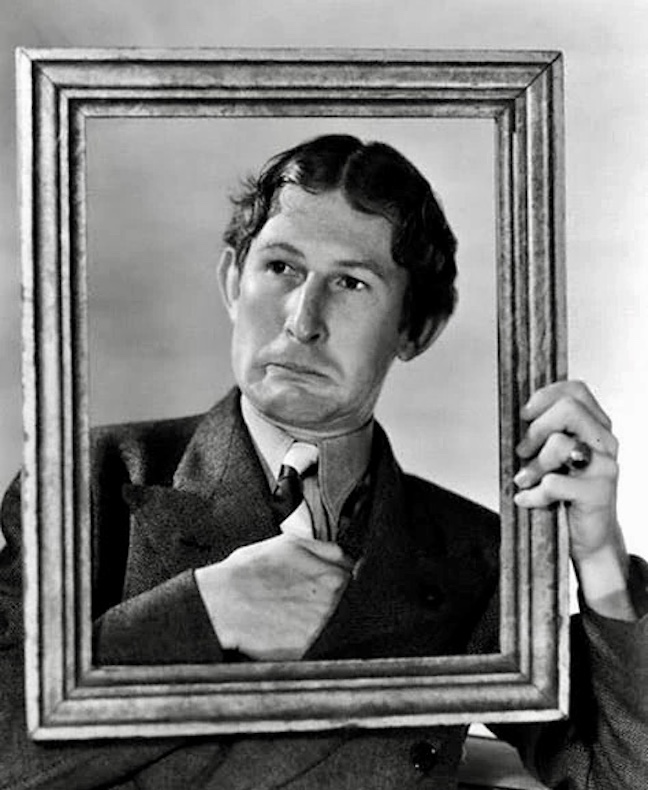
I knew another writer friend who had an unnatural interest in comedian Doodles Weaver, who started working with the Spike Jones’s City Slickers Band before successfully going onto TV, even having his own series on NBC in 1951. I was incredulous at his interest in this comedian but he said he intended to write a book that would elevate Doodles Weaver to heroic stature. Unfortunately, the writer became so psychotically obsessed with Weaver that he ended replicating Doodles’ demise- by two self-inflicted gunshots to the chest.
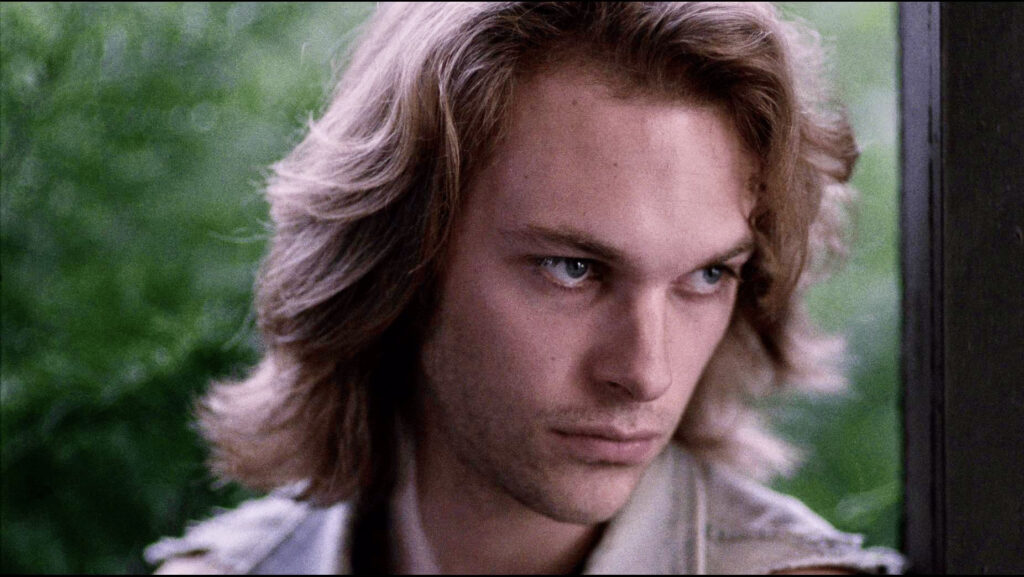
That tragedy kept me wary of acquaintances who fixated on oddball celebrities but recently I changed my mind when I visited an old friend whose apartment was entirely transformed because of an actor he saw in an obscure horror film. The film is Deadly Manor (1990), shot in upstate New York by Spanish director Jose Ramon Larraz (Vampyres). Arrow Video put out a gorgeous Blu-ray- a 2K restoration from original film elements. So, I recently saw it for the first time. The plot (and I use the term loosely) is about a bunch of friends driving to some lake who end up stranded at a seemingly abandoned mansion where, inside, there are countless portraits of a beautiful woman everywhere, not to mention a blood-stained car in the garden and coffins in the basement. During the night, they are picked off one after another by a mask-wearing killer. But at the beginning of the film they stop to pick up a mysterious hitchhiker. He is played by Clark Tufts and his appearance caused my friend to experience a kind-of psychotic break from reality. “I don’t know what it was but the minute I saw him I just went insane.” True, Tufts is hot as hell as the mysterious interloper in the film. He has the right kind of sullen, brooding sexiness and his bloody demise is a drag for the film. “I had to find out everything Tufts was in,” my friend exclaimed. Well, that wasn’t much.
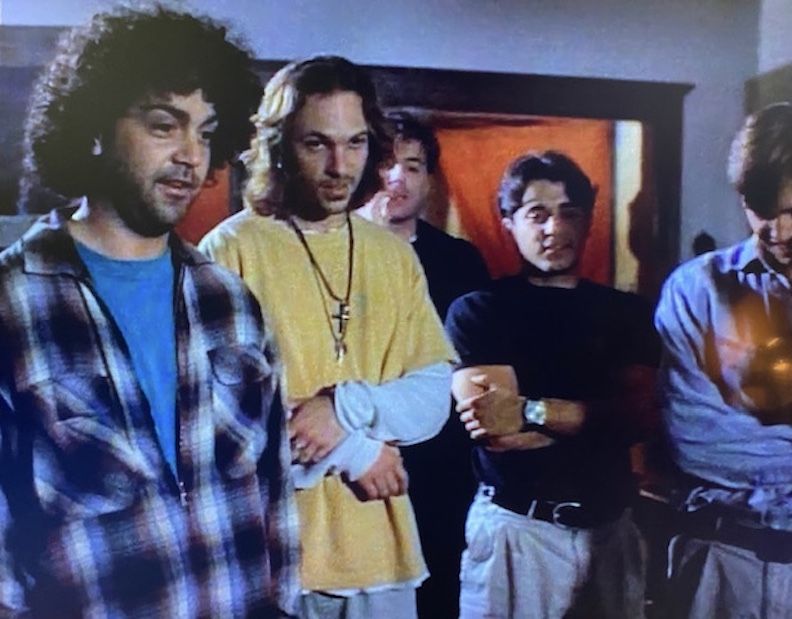
He was in a B-horror film called Voodoo (1995), starring Corey Feldman as a college student who gets involved in a satanic fraternity. Tufts plays one of the evil cult members, who follows Feldman around campus spying on him for their diabolical leader.
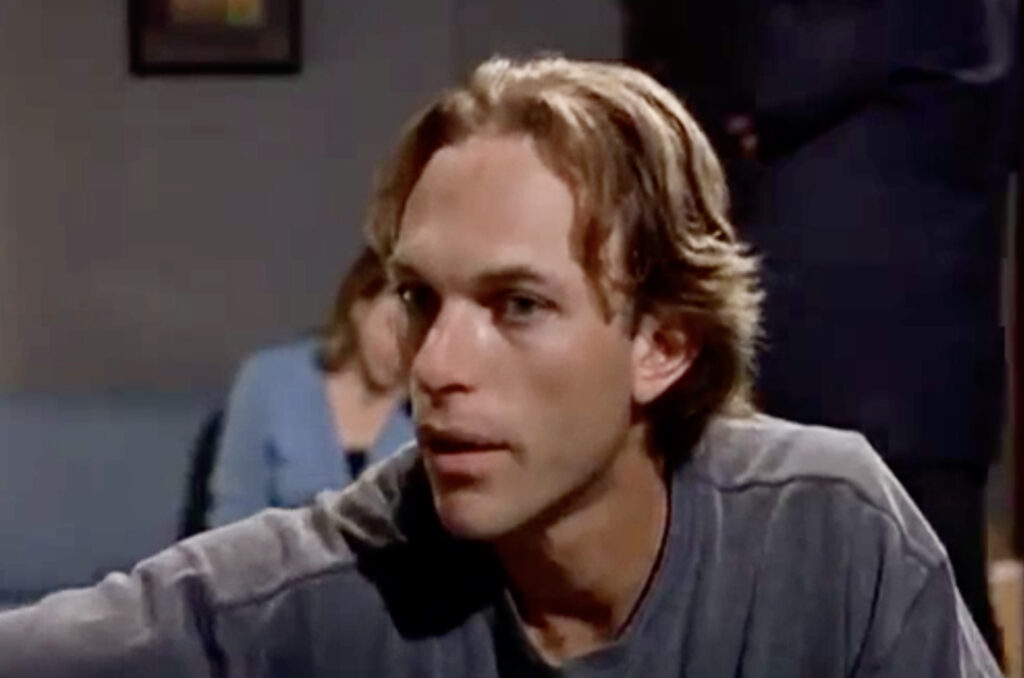
He also had a minor role in Dischord (2001) about a female rock violinist. He is seen on film in the recording booth while she is cutting a record.
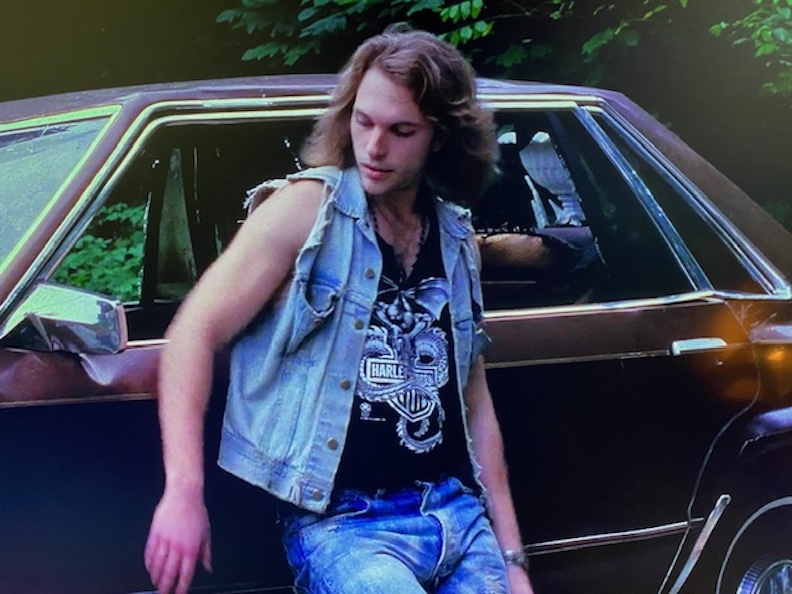
But aside from an appearance on the Pamela Anderson series V.I.P. that’s about it. He obviously walked away from that world, and it’s unfortunate because he has a quiet intensity on film. “Just watch this scene in Deadly Manor,” my friend pointed out, with Tufts sitting smoking in the back seat of the car, trying not to make eye contact with a police officer who pulled over the group on the road. “There’s something dangerous and intoxicating about him,” my friend gushed. He ended up taking still photos of Clark Tufts off the TV, then had the pictures developed. On every single wall were framed photos of Tufts everywhere- some even blown up to poster size. I walked around the apartment in a bemused state of wonderment at the photographic manifestation of his obsession. “Every day I wake up and see his face everywhere in my apartment and it fills me with great happiness.” When I asked if he ever tried to track down Clark Tufts online he looked at me disappointedly. “This has nothing to do with the real person. It’s about what he represents on film.” And I thought of all the apartments I visited in the 60s with giant posters of James Dean, Humphrey Bogart and Marilyn Monroe and it was what they evoked that inspired their owners. Spending that day in his apartment surrounded by thousands of pictures of Clark Tufts’ handsome, sensual face, a certain Zen-like calm overtook me and I finally understood my friend’s crackpot fixation.
As I’ve often said: “Obsession is more than a perfume. It’s nine-tenths of the law.”
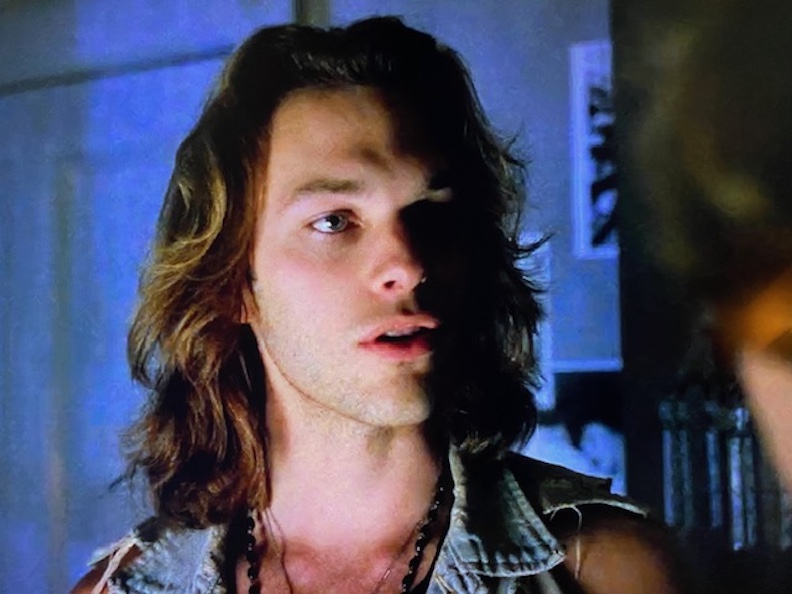
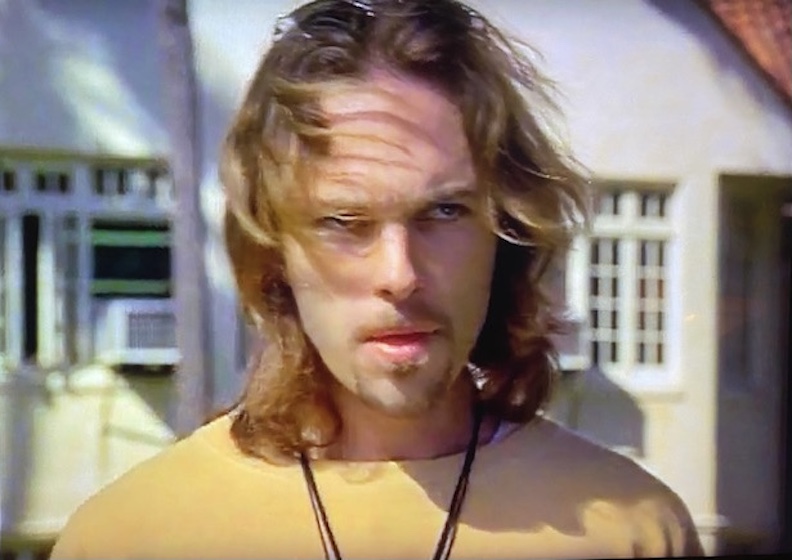
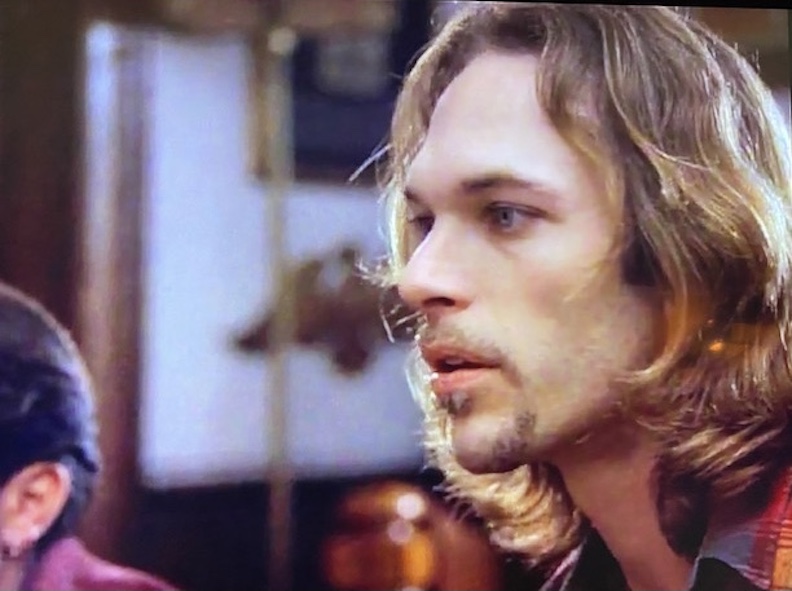


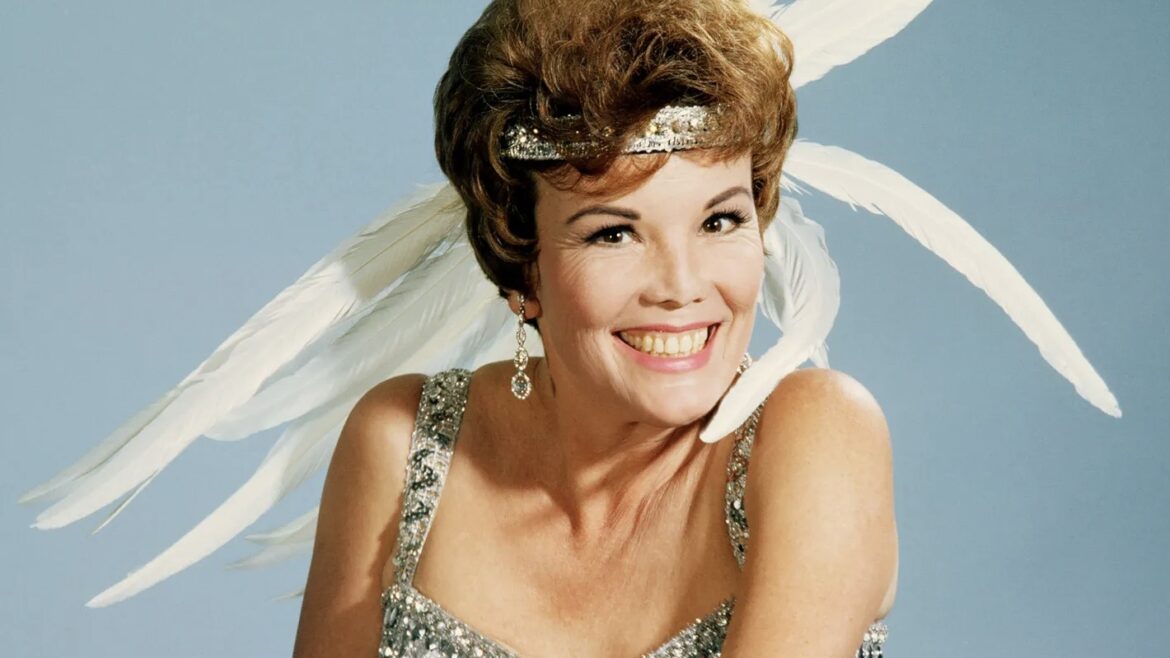
I adore unlikely obsessions, but mostly when there’s an ironic recognition. For me, that man is Vic Diaz. A friend has an un-ironic thing for Dick Miller.
That’s why we love P Town!
A millennia ago (1968) I had a fridge so old it had no shelves in the door. A poster of Clark Gable fit the door perfectly, with a small cut out for the lock. Watch out Dennis, weirdos are everywhere.